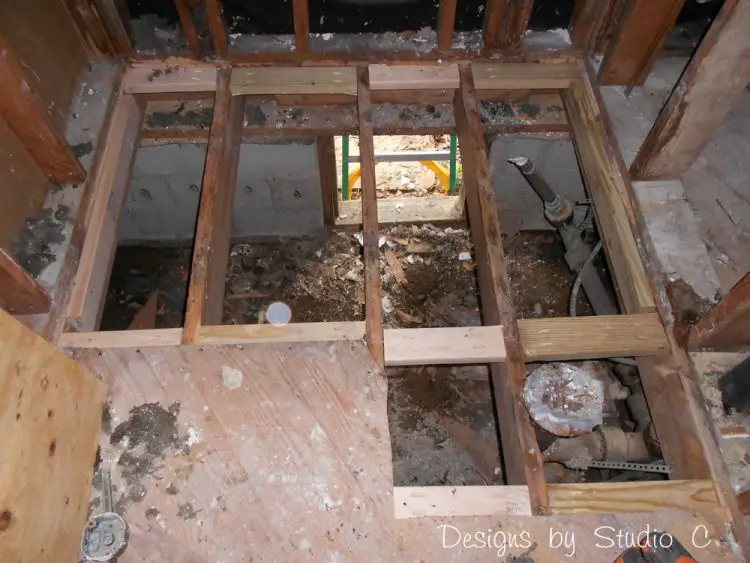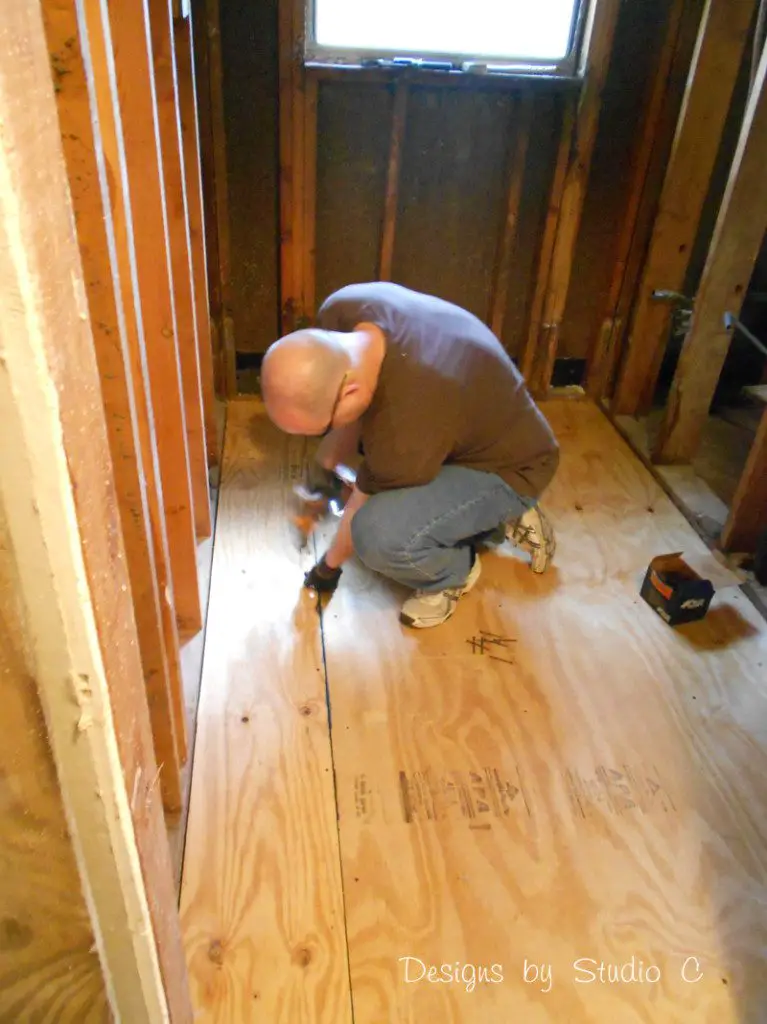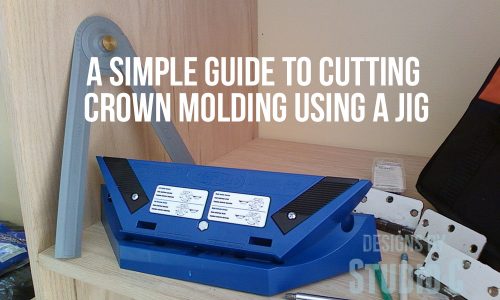Quickly and Easily Replace Parts of a Subfloor
Water leaks can cause all sorts of havoc. If a leak goes undetected for too long, it can rot a floor. While it is a huge mess, it is very simple to remove and replace the rotted wood floor.
In the house where I am helping with the remodeling, the floor is rotted in several areas: around where the toilet was, where the bathtub was, and where the sink was located. Since they are all in the same general area, it is hard to pinpoint the culprit, therefore the floor will have to be replaced in all three areas.
The people that owned the house before tried to repair the floor in the bathroom and as much as I am all for doing-it-yourself (obviously), their attempts were done in a way that would have created a mess for them later on down the road. It is like my dad says, “Five minutes on the front end saves five hours on the back end.” These are absolutely words to live by. Even still, if there is something I am building or repairing and I have a question about it, I ask an expert or look it up. I don’t want to have to repeat the process later!

The photo above is of the previous owner’s work. For one thing, using a 2×12 as a support is definitely overkill but the disaster waiting to happen is the fact that neither side of the existing floor was supported. That original floor, left like it was, would have sagged in no time not to mention the fact that the other side was supporting a cast-iron bathtub. Plus, the 2×12 pieces were only secured at one side with the nails close to the edge of the lumber. I was able to pull each piece (four of them) out with my bare hands!
Here is how to do it correctly:
Start by cutting away the rotted portions using a reciprocating saw. Make the cuts as straight as possible as this will definitely help when adding the new “patch”!


Pieces of lumber will need to be cut to fit in between the joists that will allow you to screw the existing floor into it, as well as the new piece for the floor. This is referred to as “furring”. I took the 2×12 pieces and ripped them on the table saw into 3-1/2″ wide pieces. I used my Kreg jig to drill pocket holes in each end so that I could secure the pieces into the joists from the underside. I made sure that at least half of the furring pieces were under the existing floor to support the seam.

I also cut 2×4 pieces to secure to the joists located at the wall which would be the side of the patch. These were secured using countersunk 2-1/2″ screws (<– affiliate link!).

I cut a piece of 23/32″ pine plywood to fit the space where the rotted floor was cut out. Make sure there is a little space between the existing floor and the patch to allow for expansion and contraction. Secure the patch to the 2×4 pieces as well as the joists using countersunk 2-1/2″ screws.

Use a layer of roofing felt between the subfloor and the floor. This acts as a moisture barrier plus keeps the pieces from rubbing together and squeaking! Lay the second layer of plywood floor over the subfloor making sure the seams are staggered. Weak points in the floor can be created when a seam lays over a seam so try to avoid this. Secure it in place with 2-1/2″ screws through the joists, also. (See all of the dust flying around in this house??)


Voila! We are ready to install new flooring and carry on with the remodel! (Sorry about the photo – it was getting dark and there is no power to the house yet!)

Please note – my advice is just that advice! I am not a professional but a DIYer bent on saving money by doing it myself! If you are in doubt about any home improvement project, consult a professional especially for other advice on how to fix a damaged wood floor!
Have questions about how to remove and replace a rotted subfloor? Leave a comment below!
Originally posted 2013-05-14 08:00:02.






Comments are closed.